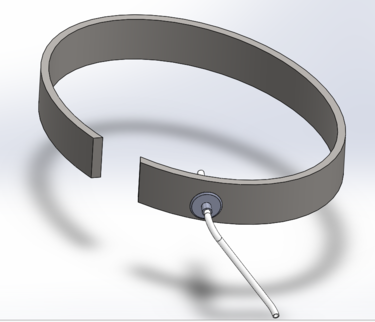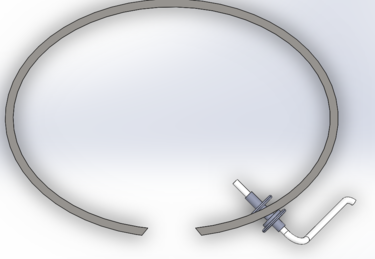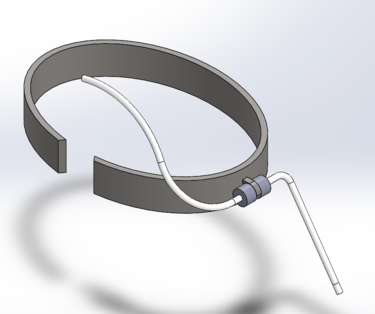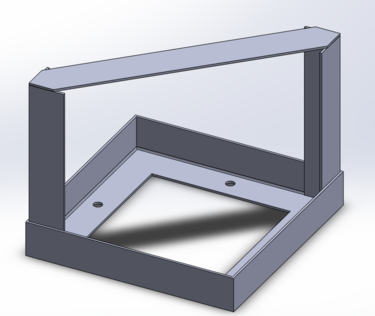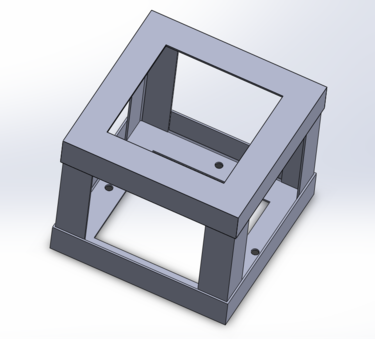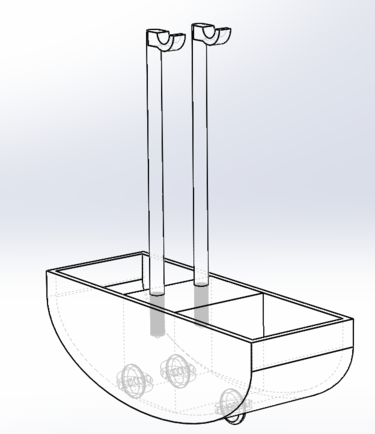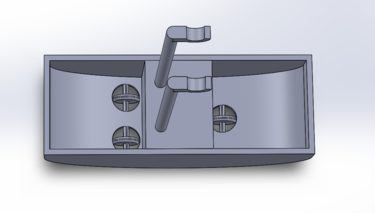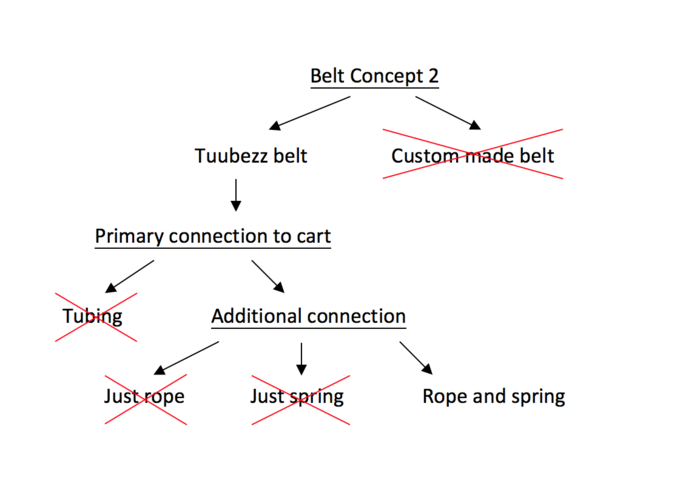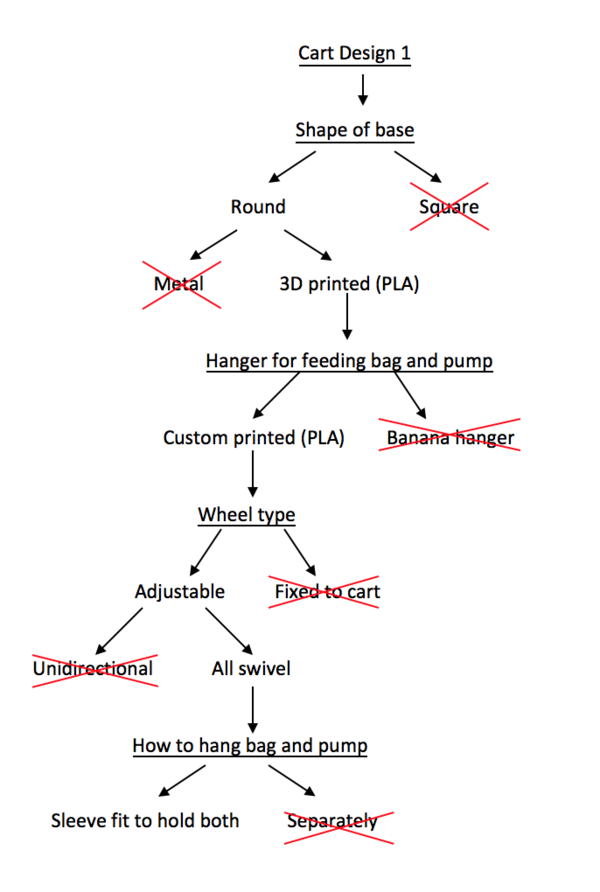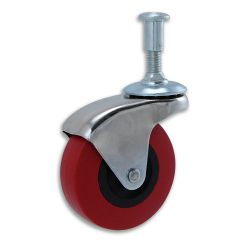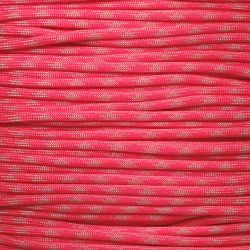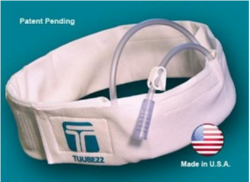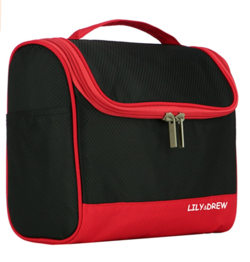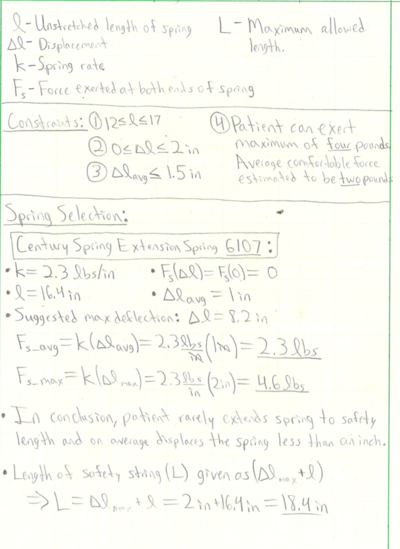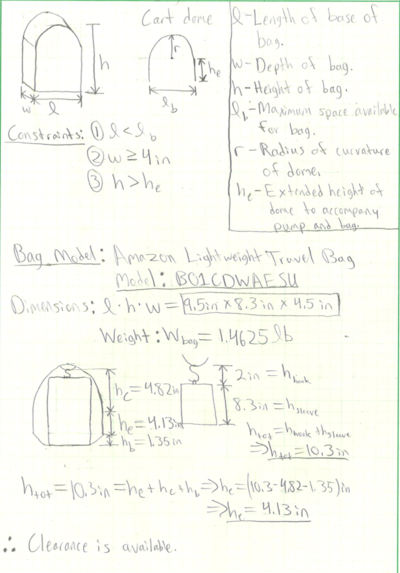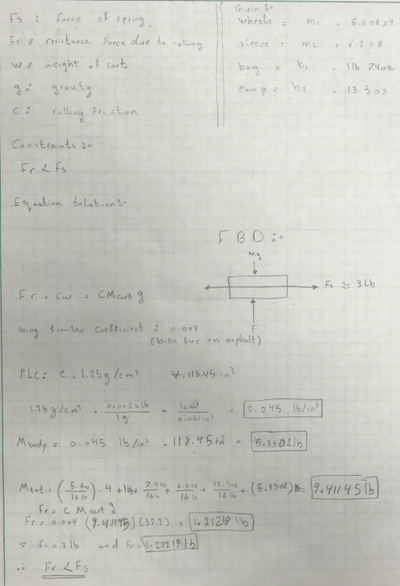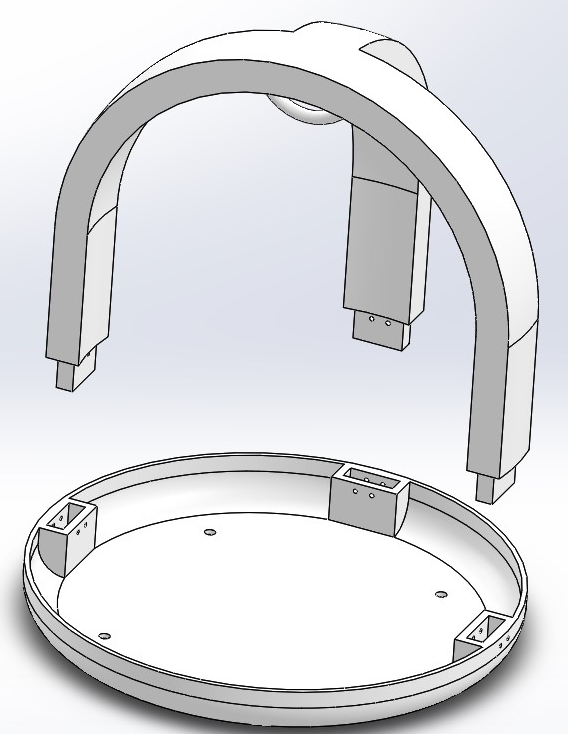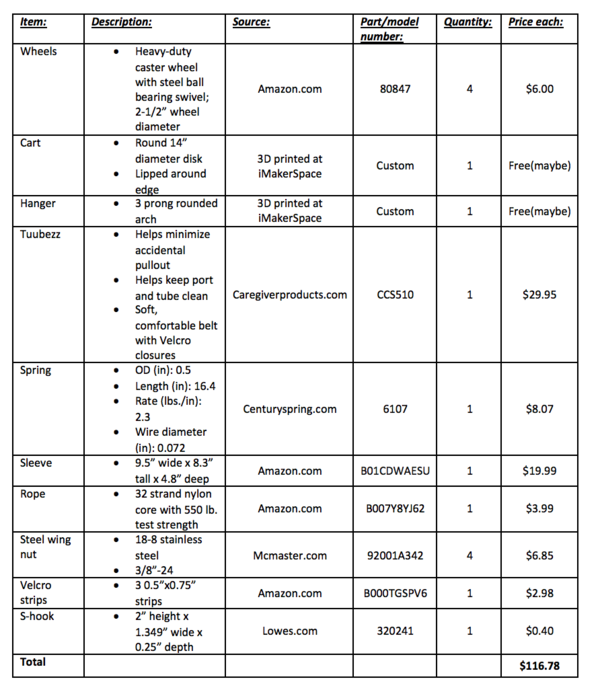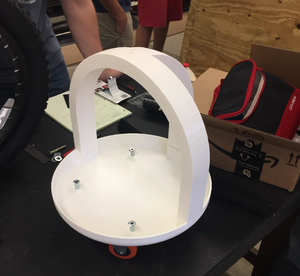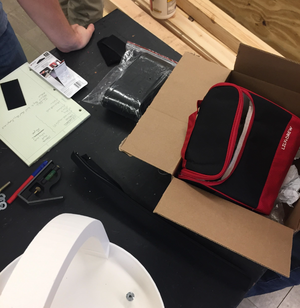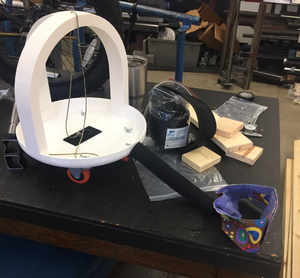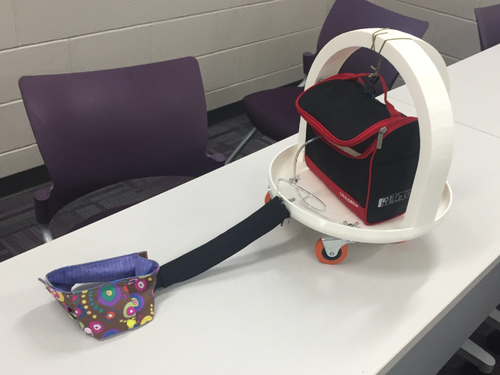Feeding bag hanger/belt
Contents |
Abstract
The need of the project is a mobile device that supports a feeding tube bag and pump.
Team members
- Yousef Alazmi
- Ethan Price
- Kent Holmquist
- Bryce Allen
Problem Statement/overview of the need
A one and a half year old girl with DiGeorge syndrome is required to have a trach and feeding tube. Because of the effort it takes for her to breathe, she is to be constantly fed through her feeding tube to gain mass and grow. The tube is in her stomach and the feed bag and pump are constantly beside her. She weighs 17 lbs. with little to no muscle from her waist up. In order for her to be mobile while being attached to the feed bag and pump, she will need a mechanism that holds the weight of the bag and pump as well as moves with her. It is very important not to pull on the feeding tube in her stomach.
Design Specifications
- A mechanism to hold the weight of the bag
- Wheels
- Handle for mobility
- Insure no accidental disconnection of tube
- Keep feed bag upright and pump in place
Background research
The belt in our concept has been created by a company called Tuubezz. Their cotton belt is to protect and secure g-tubes, which is the key concept and necessity of our belt design. However, we will still require a means of holding the feeding pump and bag.
Conceptual Design
Belt Design Concept 1
- Simple waist belt with tube linkage and cart linkage. The tube linkage is secured by a clamp.
Belt Design Concept 2
- A simple waist belt with a rigid belt loop. The tube runs through the collar and on the side of the child. A rigid stop allows some motion but constrains outward pull before the tube becomes dislodged. This reduces the maximum allowed tensile force on the portion of the tube directly connected to the child.
Cart Design Concept 1
- A square base with four wheels total at corners and diagonal raised beam to hang bag/pump sleeve. This cart would be attached to a belt via a flexible, sturdy material.
Cart Design Concept 2
- A cube shaped frame with four wheels, hangers for the feeding bag, and a sleeve to mount the pump on.
Cart Design Concept 3
- A bowl-shaped cart with a raised beam for bag suspension and singular sphere fixed at the bottom. The sphere functions similarly to a mechanical mouse wheel. A small weight is fixed around the sphere to lower center of gravity.
Evaluate concepts/select candidate
Selecting belt concept 2 and cart design 1 (with specifics and alterations)
Detailed Design
Detailed description of selected design
- We chose to 3D print a round disk lipped upwards on the edge to prevent accidental leaks and approximately 14" in diameter.
- The hanger is also 3D printed to be shaped like a three prong arch with a spot to attach the sleeve.
- The wheels will need to be large enough to roll outdoors, but their primary purpose will be indoors.
- The sleeve will fit the bag and pump with loops to hang on the arch and velcro to keep the bottom of the sleeve stationary.
- Will require adding a connection loop onto the purchased belt to attach to the cart.
- Rope will connect to belt on one end and spring on the other. Spring will be attached to cart. The spring's purpose is to delay the force and lower the jerk applied when the girl is scooting on the ground.
Analysis
Describe three types of analysis to be performed on the design
Engineering analysis 1
- Analysis of the spring
Engineering analysis 2
- Clearance of the bag in the cart
Engineering analysis 3
- Preliminary research on resisting forces exerted on cart due to rolling wheels.
- http://www.engineeringtoolbox.com/rolling-friction-resistance-d_1303.html
CAD Drawings
Bill of Materials
Fabrication Process
Testing and implementation
When we presented the cart to the family, they seemed very eager to see how well it worked. We got the mother to put the belt around the little girl and set her on the ground with the cart. She started scooting around and pulling the cart with her with ease. She didn't seem to mind this strange new thing attached to her. It went successfully and the therapist along with the parents were very pleased with how well the cart turned out.
Photos of Completed design
Instructions for safe use
- Place the feeding bag and pump inside the toiletry bag
- Hook the top of the feeding bag to the hook attached on the cart
- Run the feeding tube through the spring and zip the nylon cover back over the spring when tube is inserted
- Hook the tube up to the belt
Project Summary, Reflection
The project was a great experience for all of us to work as a team and solve a problem. We came a long way from our first concept designs to the final product. It was very rewarding for all of us to see that little girl scooting around and the cart rolling along with her. It was a pleasure to work with the family and therapist and we hope it serves them as long as they need it to.

